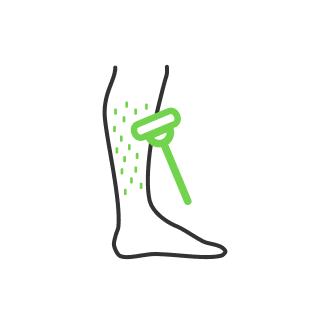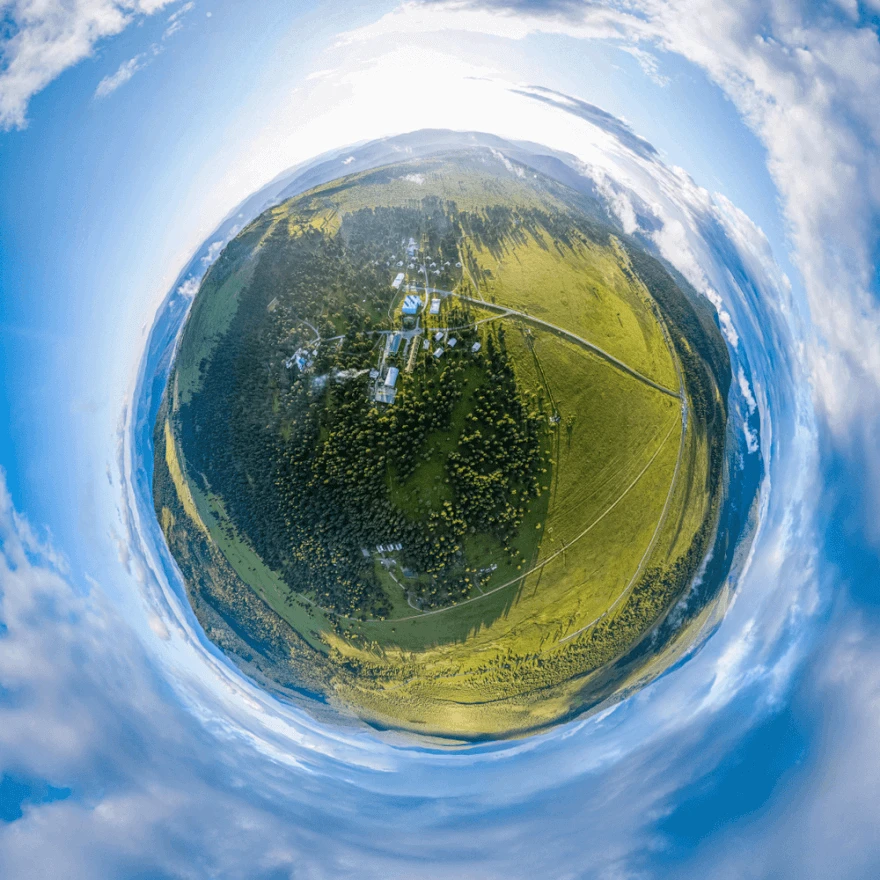How to use leading lines in photography

- Define leading lines in photography
- Examples of leading lines in photography
- Leading lines photography ideas
- Vertical leading lines photography
- Examples of curved leading lines photography
- Diagonal leading lines photography
- Short leading lines photography
- Leading lines photography and movies
- Conclusion
There are many crucial rules in photography that will help transform your images. These include the right amount of light, the rule of thirds, and the use of leading lines. The leading lines technique is what we are going to talk about in this article. It has widespread use in photography, however, we will also accentuate your attention on how it appears on different occasions, such as TV shows and in real life. In this article, we will discuss how framing may affect the perception of photos and how to use it to improve your composition.
Define leading lines in photography
This is a really simple technique that anyone can do. So what are the leading lines? In a nutshell, it is using elements within your environment to create a visual pathway to your subject or focal point. Leading lines allow you to accentuate your viewer's attention the way you want. And the main benefit here is that it will still look natural due to the fact of using a real environment.
Examples of leading lines in photography
Here is a showcase of how to use lines in photography.

A photo of Big Ben in London framed by using the leading lines technique. Here we can see not only the pathway but also light streaks produced by long exposure leading to the focal point. Shot framing in photography is crucial because it produces a better view of your main subject. If we apply the rule of thirds grid on that shot we will also see that it was framed perfectly relative to the main subject. We have free space on the right and the main subject in the top left where it supposes to be according to the rule of thirds. That free space is not wasted because leading lines fill the frame. This photo has applied multiple techniques at once: long exposure, rule of thirds, and leading lines which make it an outstanding shot.
If you are not sure what are the rule of thirds or long exposure photography you may click the terms to follow the articles linked to them.
Leading lines photography ideas
Let us look at some more examples of leading lines in architecture photography.

As you can see we have the road, buildings side by side and the sewer line, all leading to the building up front. This is an example of horizontal leading lines photography. However, they do not have to be straight. Lines could be vertical and curved even. Let us better see examples.
Vertical leading lines photography
Vertical lines have a common use in photographing skyscrapers. Such tall buildings either be photographed from a distance or from underneath where vertical lines take their place.

If we draw imaginary vertical lines they will lead us to the sky which brings us to the main definition of skyscrapers with it.

Those should not be skyscrapers as a rule, but this is generally used for tall buildings that may not fit the frame. If we can not fit the whole building in a frame why do not we use that to our advantage? Leading lines will provide a very pleasing look, just shoot up high.
Examples of curved leading lines photography
When we say “line” what comes to our head first? Something very straightforward, horizontal or vertical. But leading lines can also be curved. The main usage of curved leading lines is when we shoot roads. Roads are not always straight lines, they could be curved, bent left or right, and have elevation levels.

In this photo, we see how the road becomes a leading line being pretty much the main subject here. However, it also leads us somewhere far away, and we can see mountains on the horizon. These mountains apply the rule of thirds and the road just leads us there.

Another example of using curved leading lines. Here we can see 3 elements as the main road, the railway, and buildings on the sides leading us up front. There is no main subject or focal point to accentuate on, but the compositional build is still pleasing to the eye because of the tech.
Diagonal leading lines photography
Leading lines do not only have a use in urbex photography or architecture in general. You can apply the rule elsewhere. For example, we can do portraits using leading lines in a way to pay attention to our model.

With this particular shot we can break down leading lines use pretty easily. Both background and foreground railings are in the way to lead to our main subject in the frame. This image has a combination of diagonals, straight lines, curves, and short lines at the same time. What a perfect shot! Even the engraving on the wall has sense here, it is not so obvious, but it still does the job. And being non-obvious makes it just more natural.

In this particular example the wall is being used as the part of the whole composition leading to our model and the background behind is blurred for a reason. If we do not blur the background we lose our focal point in the frame. The diagonal allows us to shoot in this kind of perspective, and it has more sense if we compare it to shots without leading lines.

Here is a pretty much similar example to the previous one. The same blurred background, the same perspective, just a wall, and the model are different.

There is a more advanced case of using diagonal lines with railings. The perspective is different from the previous two shots and the wall does not take that much of our attention.

Diagonal lines are pretty much straight lines curved due to perspective. In this particular example, we can see how the lines lead to our model standing in the door frame. Even the door opened at a certain angle just to add more accent to the subject.

Here is a good example of the short and diagonal line leading to our model. It doesn't look garish, it's not conspicuous or distracting. Everything looks natural.

Railings and steps are very good environmental objects to accentuate the main subject or a model. Just place your model in the right position or take the shot at the right time if your object is moving. Let it fit the scene to make it look more natural and not just staged!
Short leading lines photography
The lines do not have to be of a certain shape or length. You do not have to photograph a long road leading to something far away in the background. Lines could be short, the only thing is that these lines should have a sense to accentuate on some focal point.

This is an abstraction leading to nowhere, but you can place the subject inside. This tech is commonly used on bandstand stages leading the view toward the performing artist.

Lines can be short and of any shape, the only question is how to situate our model or subject in a frame to use the environment we already have.

As you get to know, railings have a common use for a technique. In this shot, we see how they lead to emphasize our model’s style in combination with the cast shadow and steps.
Leading lines photography and movies
The next time you watch a film or TV show, pay close attention to where the subjects are being framed. You will be surprised by how just often the leading lines technique is used. Your only limitations are your creativity and the practice makes it perfect. You also do not need a fancy camera, you do not need long curved roads or beautiful architecture, you can start practicing this technique in the comfort of your own home using the camera on your phone. Have a look around your living room or bedroom, choose a focal point, and see what leading lines are within that environment to help draw the eye.
Conclusion
Leading lines are not just a way to photograph, it is also a good way to design things to draw attention to certain parts and subjects. This technique allows you to convey mood in photos and set the atmosphere. By manipulating the viewer’s attention we can make sure that what we want to convey will not be left unnoticed.
We hope this article helped you to get a better understanding of how to use the tech to your benefit. Do not forget to practice consolidating the knowledge as it does not require additional tools but the camera and your creativity. The more you do this the better you will get. This is simply a case of exercising your creative muscles. Once you have been using this technique for a while, you will naturally begin to see leading lines everywhere you look and the easier it will become.
Co-founder of RetouchMe. In addition to business, he is passionate about travel photography and videography. His photos can be viewed on Instagram (over 1 million followers), and his films can be found on his YouTube channel.
Moreover, his profile is featured on the most popular and authoritative resource in the film industry — IMDb. He has received 51 international awards and 18 nominations at film festivals worldwide.

with RetouchMe














